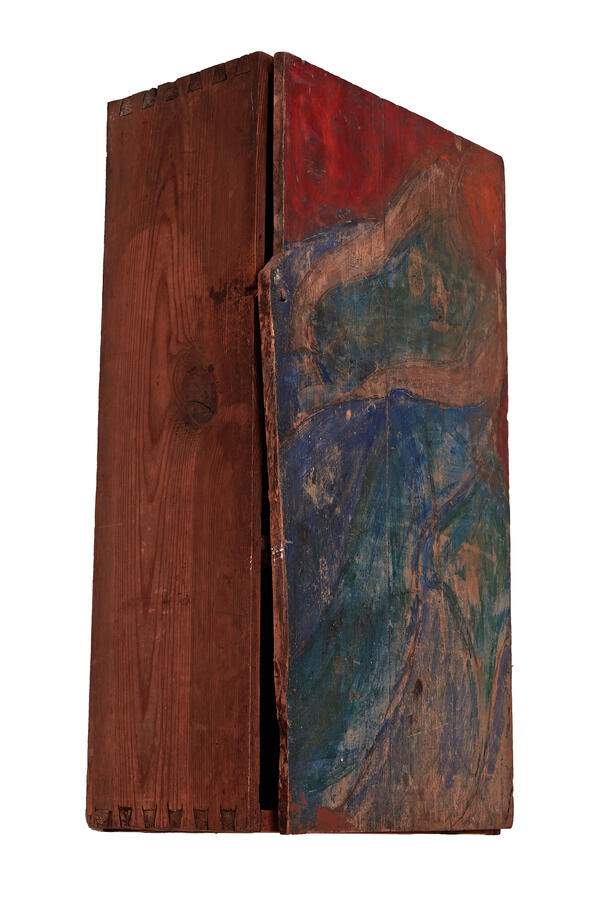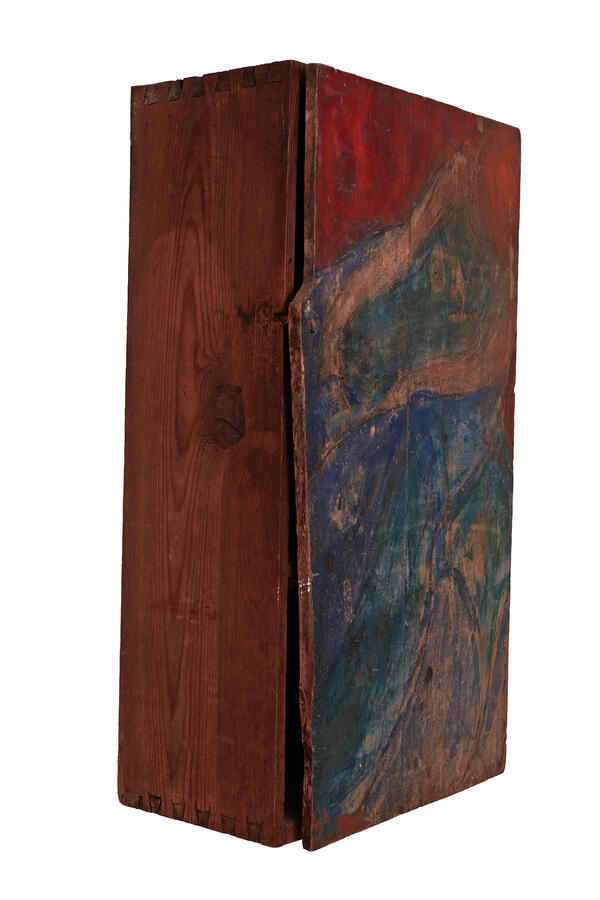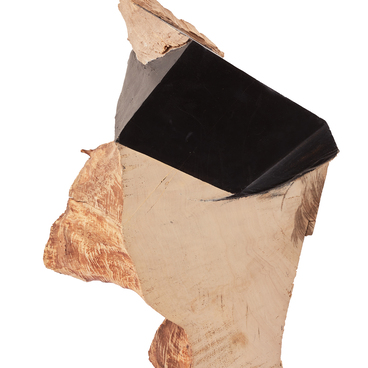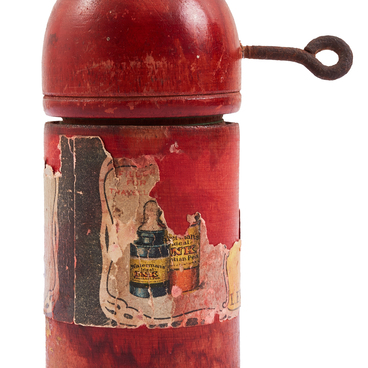The museum’s collection has a handmade wooden wall cabinet, which belonged to the artist and teacher Mikhail Vasilyevich Matyushin. It is noteworthy that the owner painted this item himself. An episode from the life of Olga Konstantinovna Matyushina (1885–1975), Mikhail’s third wife, involves this medicine cabinet.
Olga Matyushina was born in Vyatka in 1885. At the age of 20, she moved to Saint Petersburg. After that, she became fascinated with revolutionary ideas and was arrested three times for revolutionary activities and distribution of illegal literature.
Her entire life was connected with books: she worked in libraries, bookstores, and Bolshevik publishing houses. During the Great Patriotic War, she began to write her first autobiographical novel “A Song of Life”.
Olga Matyushina spent the first year of the blockade living with her niece Tamara Georgiyevna Franceschi (her character in the story was named Ira). The writer described in detail the preparations for the New Year of 1942: in order to warm up the dining room for the holiday, they had to saw up a mahogany table for firewood (as they had run out of other options).
The women decided to set aside 10 grams of bread from their daily ration for 10 days to have enough for a festive dinner. In addition to 125 grams of bread, the holiday ration also included a small amount of wine, which they used to make jelly.
On December 31, three friends came to visit Tamara and Olga, and the festivities began at 7 p.m., because it was forbidden to go out late in the evening. The room was warmed up to six degrees above zero. Olga Matyushina wrote,



